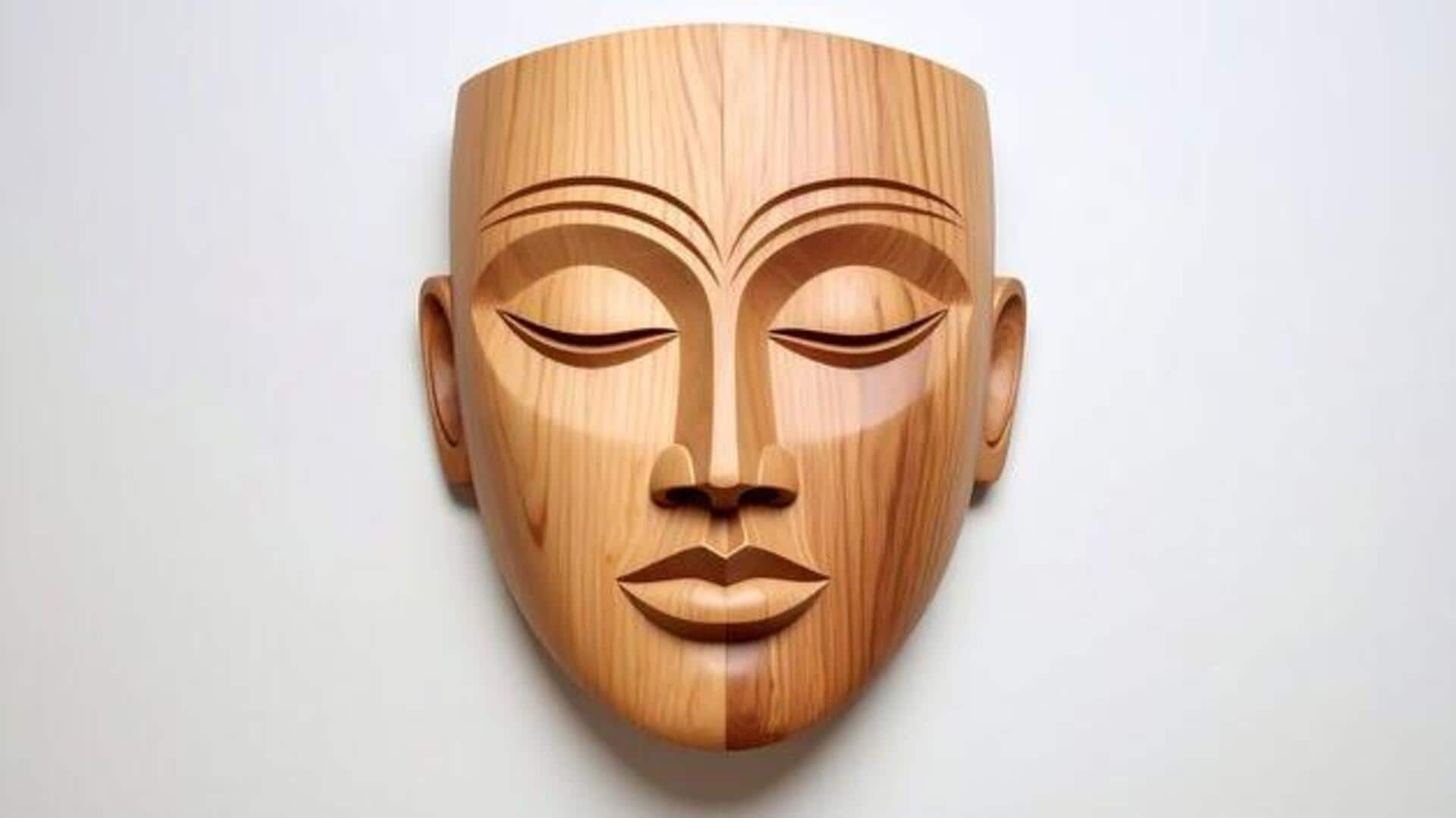
Step-by-step guide to carving wooden masks
What's the story
African masks have always fascinated people with their cultural significance and artistic beauty. Carving these masks from wood is an age-old tradition that demands skill, patience, and an understanding of cultural symbolism. The process involves selecting the right wood, designing intricate patterns, and finishing the mask to perfection. Here are some insights into the art of carving African masks from wood, highlighting key steps and techniques.
Wood choice
Selecting the right wood
Choosing the right wood is critical for carving African masks. Hardwoods like mahogany or teak are preferred as they are durable and have a fine grain. These woods also take intricate details well and last long. The moisture content should be low to avoid warping or cracking during the carving process.
Pattern design
Designing intricate patterns
Designing patterns is an important part of creating authentic African masks. Most designs are inspired by cultural symbols or stories, so it's important to do your research to understand their significance. Sketching out designs beforehand helps in visualizing how the final product would look and ensures that all elements are included.
Carving skills
Carving techniques to master
Mastering carving techniques is essential for creating detailed African masks. Tools such as chisels, knives, and gouges are used to shape the wood precisely. Carvers often use a combination of subtractive techniques (removing material) and additive techniques (adding material) to achieve the desired texture and form.
Final steps
Finishing touches for authenticity
Finishing touches make all the difference in authenticity and appeal of African masks. Sanding smoothens rough edges, while natural oils enhance grain visibility without overpowering other design elements. Some artisans also incorporate pigments or dyes to add color without compromising on traditional aesthetics.